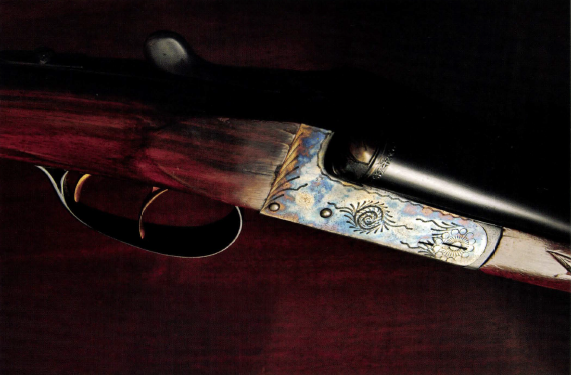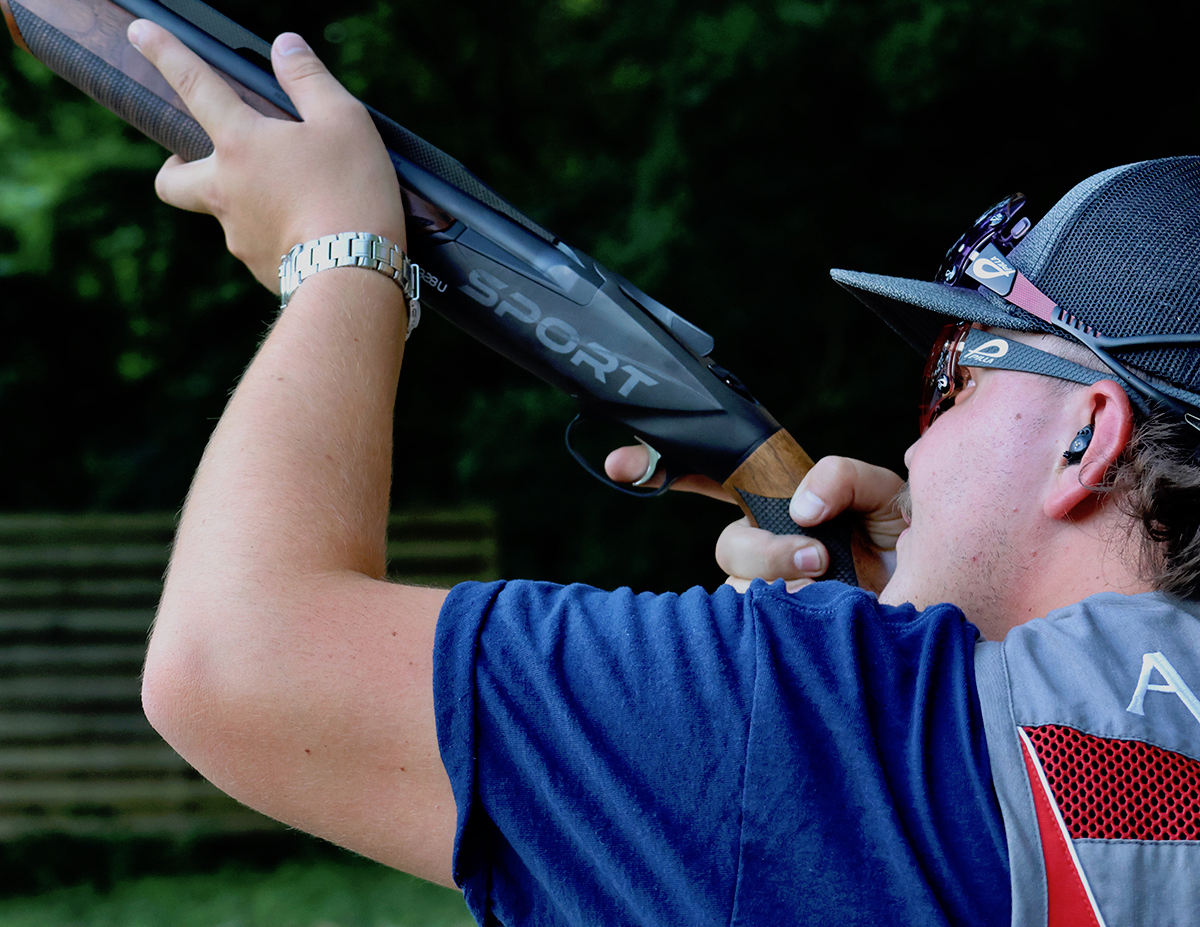I quickly surmised that the pawn shop didn’t know what it had – a Spanish double of good repute. Further, they were asking only $295.
My grandfather had an old double barrel that I never shouldered. It hung beyond my reach above my grandmother’s china cabinet, looking more like ill-conceived decoration than a means of gathering meat. I stared at the gun hundreds of times, but its make and model are forever a mystery. Papa passed before makes and models meant much to me, but I doubt it was a Fox or of British descent. He was, after all, a country preacher. I don’t know where the old gun ended up, but I always admired its plebeian appearance that seemed to place a man in fallow fields behind a brace of beagles or a lone pointer, with friends of like mind, and on golden hillsides. I trace my romance for side-by-sides back to that old gun of Papa’s.
But as I approached 40 years, I never had one of my own. I possessed several shotguns – each a gift from my father, each a semi-auto or pump that never gave me cause to complain. I cherish those guns and have killed many a dove and a few wild quail with them. Still, I wanted a double barrel.
I began to look at websites, first Beretta then other European manufacturers. I found beautiful guns, but similar to my grandfather’s piece, they were beyond my reach. Switching gears, I cast my gaze at over-and-unders, but I couldn’t muster much fire for them. Childhood dreams die hard.
At the time, I worked for a competing magazine. One day the boss came in, creating a whirlwind as always. But that particular day he stirred an amiable breeze.
Smiling, he unsheathed a Ruger Gold Label 20-gauge side-by-side and said it handled like a dream. More important, it cost less than most European models. It had no engraving and little other by way of adornment, but its lines were clean and crisp. I shouldered it, swung it, admired it. I wanted it.
“How much?” I asked.
“About two thousand,” he said.
My heart sank. My daughter was toddling at the time, and I just couldn’t justify the expense. I didn’t, however, give up. At the computer, I searched “20-gauge side-by-side pawn shop.” Ahead of thousands of irrelevant hits, a pawn shop in the Mid-Atlantic listed a 20-gauge “Uquartacbea.”
Uquartachea? Shouldn’t that be Ugartachea? I quickly surmised that the place didn’t know what it had – a Spanish double of good repute. Further, they were asking only $295.
I called and spoke with the gun manager. Not taking any chances, I didn’t mention the shotgun by make, only its item number, and asked about its appearance and function. He told me that the wood looked pretty good, it didn’t rattle, and it opened and closed. He said he’d take $250 for it. I paid for it right then.
When the gun arrived, I couldn’t believe my good fortune. It was in very good shape – the bluing had eroded from its edges and some finish had scraped from the stock, but the 20 sported a touch of engraving and the side plates shined with case coloring. It opened easily and closed with a tight fit, and the addition of a shooting pad made it fit me. Including shipping and the pad, I invested less than $310.
A shop in San Francisco had imported the little boxlock in the early 1970s, when I was yet a preschooler. Surely, in the intervening years, it had seen glorious days, and I imagined that it had an upland history much grander than my own. With romance in full bloom, I daydreamed that it had taken California and Gambel’s quail before weaving a path eastward that detoured for Montezuma and scaled quail in the Southwest and grouse and woodcock in either a Michigan muskeg or New England bog.
People who know far more about shotguns than I do say my Spanish 20 is worth five or six times what I paid. It swings different, shoots different than any pump or semi-auto I’ve ever fired. There’s no side-spent energy. It’s all straight in line – energy that effectively brings down doves on one end and kicks slightly on the other.
I may graduate to a finer model one day, then perhaps I’ll hang the Ugartachea where my grandchildren can see it. For now, I look at it and hope for doves in sweaty Septembers, the return of bobwhites to the coastal plain, a good dog my daughter and I can follow and afternoons on golden hillsides. True romance never dies.
 The extraordinary shotguns produced by the craftsman of Spain’s Basque Country are no longer a secret. Their shooting qualities, beauty, and great value have been extolled by a host of experts. Sportsmen of considerable means and everyday bird hunters alike have found guns that suit their tastes from such makers as AYA, Arrieta, Ugartechea and many more.
The extraordinary shotguns produced by the craftsman of Spain’s Basque Country are no longer a secret. Their shooting qualities, beauty, and great value have been extolled by a host of experts. Sportsmen of considerable means and everyday bird hunters alike have found guns that suit their tastes from such makers as AYA, Arrieta, Ugartechea and many more.
In this vastly expanded treatment of the subject, Wieland provides a completely updated guide to the guns and gunmakers, reliving history, going inside manufacturing facilities, discussing design and assembly, touring the region, and sampling its food, wine, and warmth. There are more than 150 color photographs to accompany the text and show precisely how the guns and workrooms look. There are three new maps, as well, including one that will allow visitors to navigate Eibar like a seasoned veteran. Buy Now




